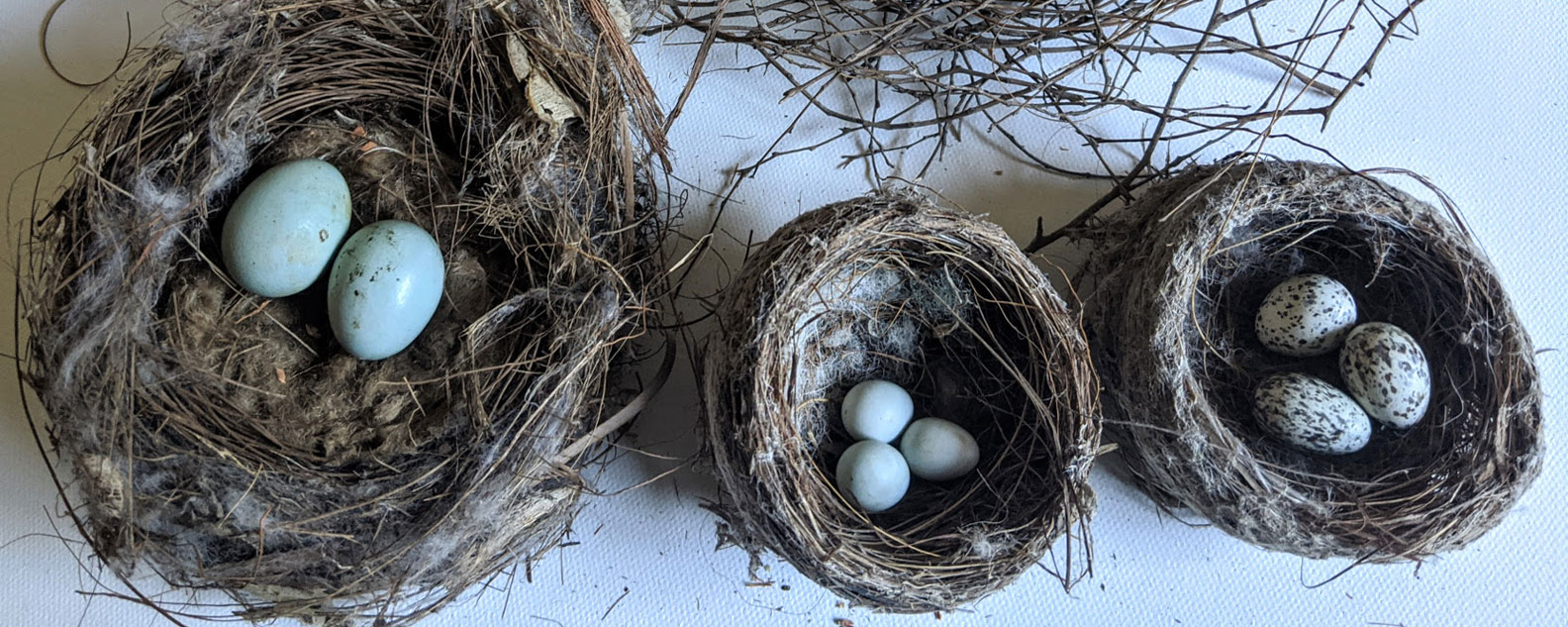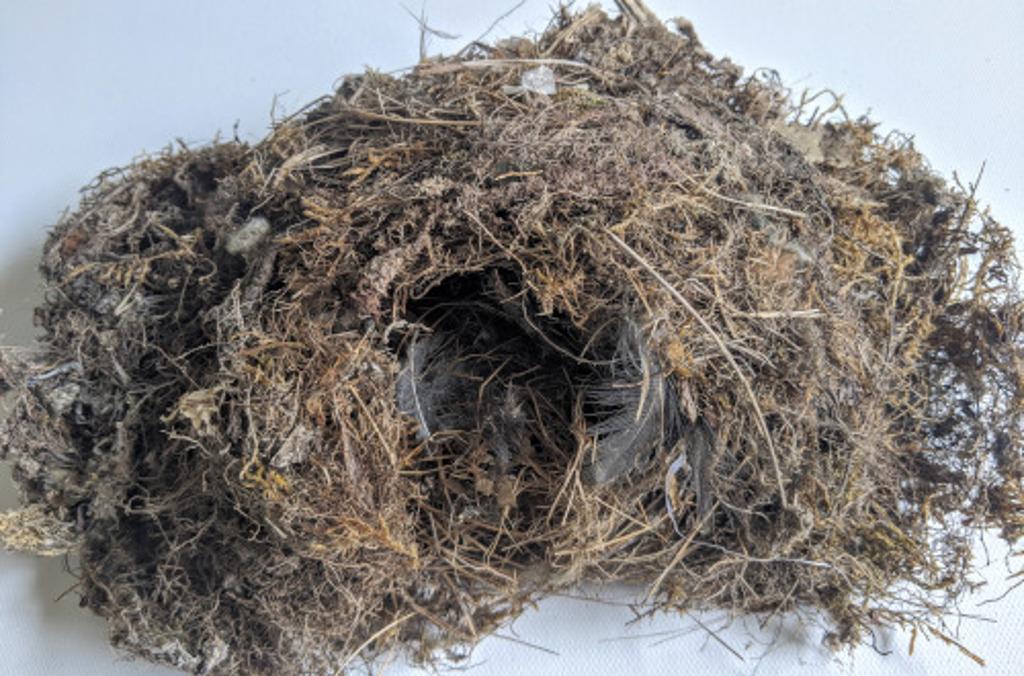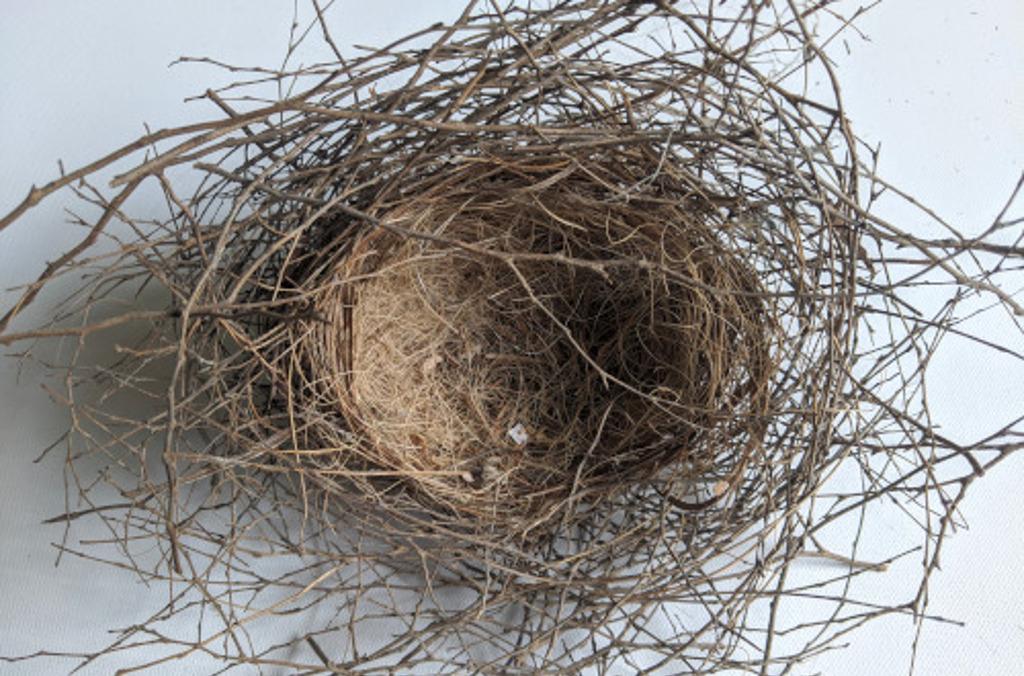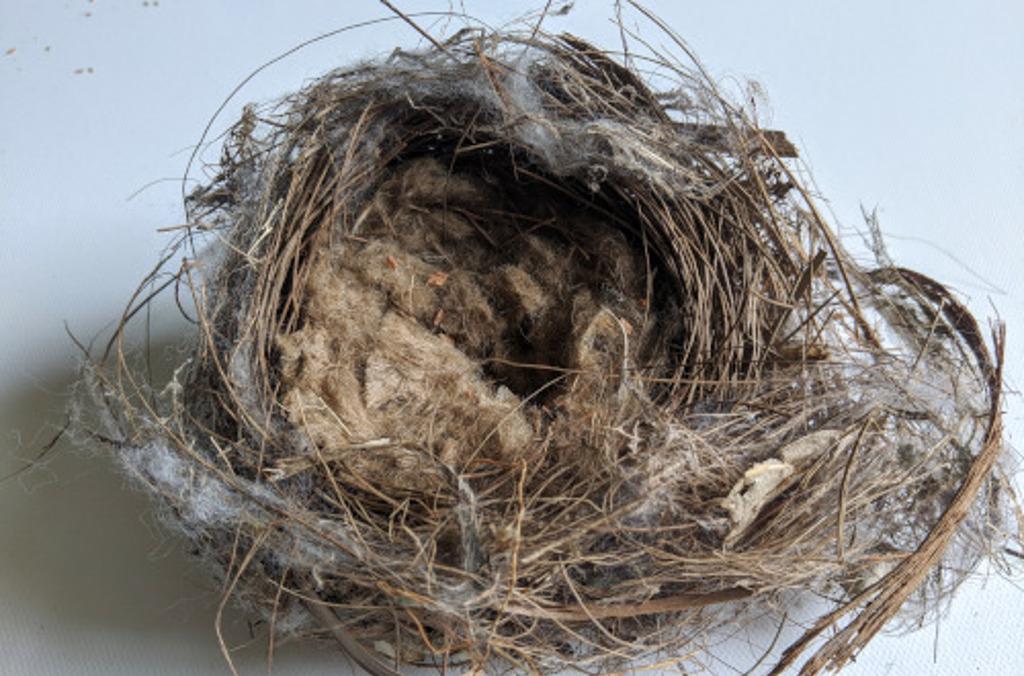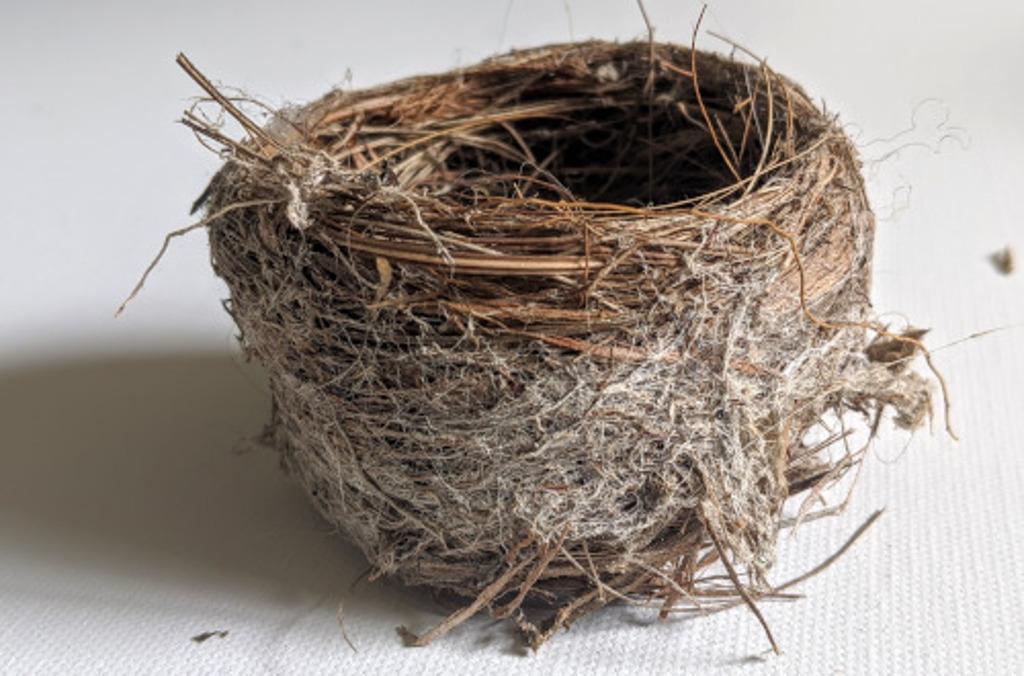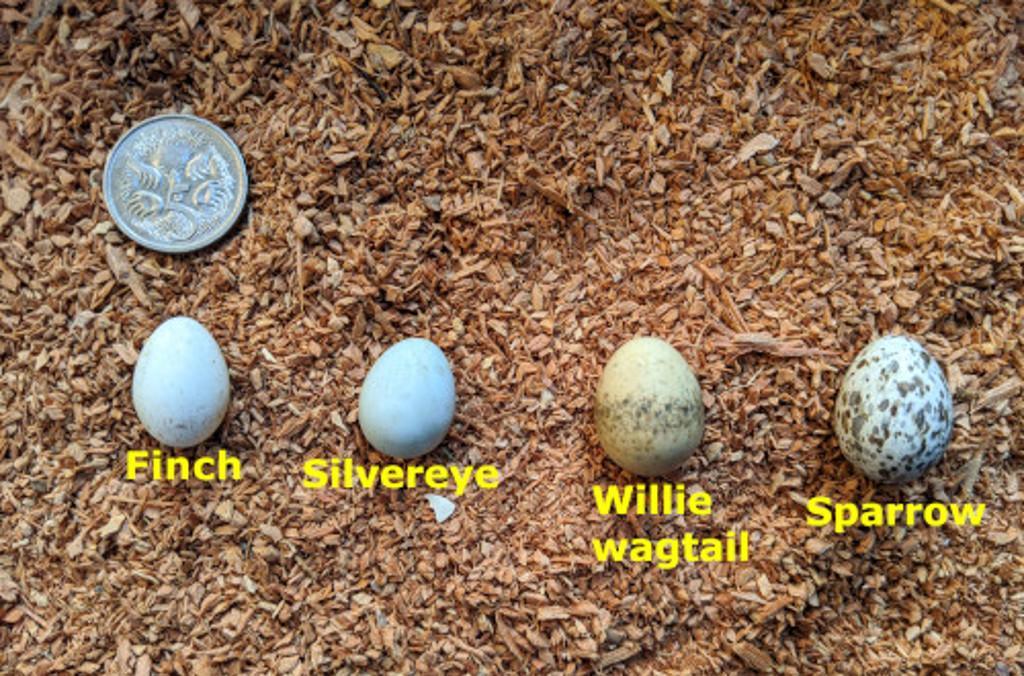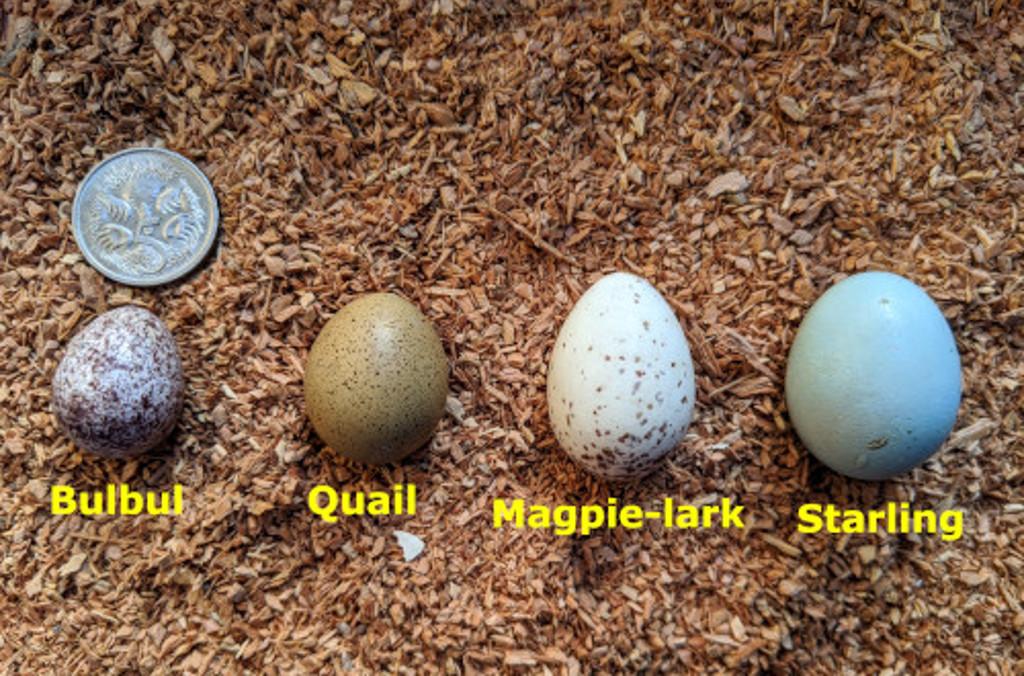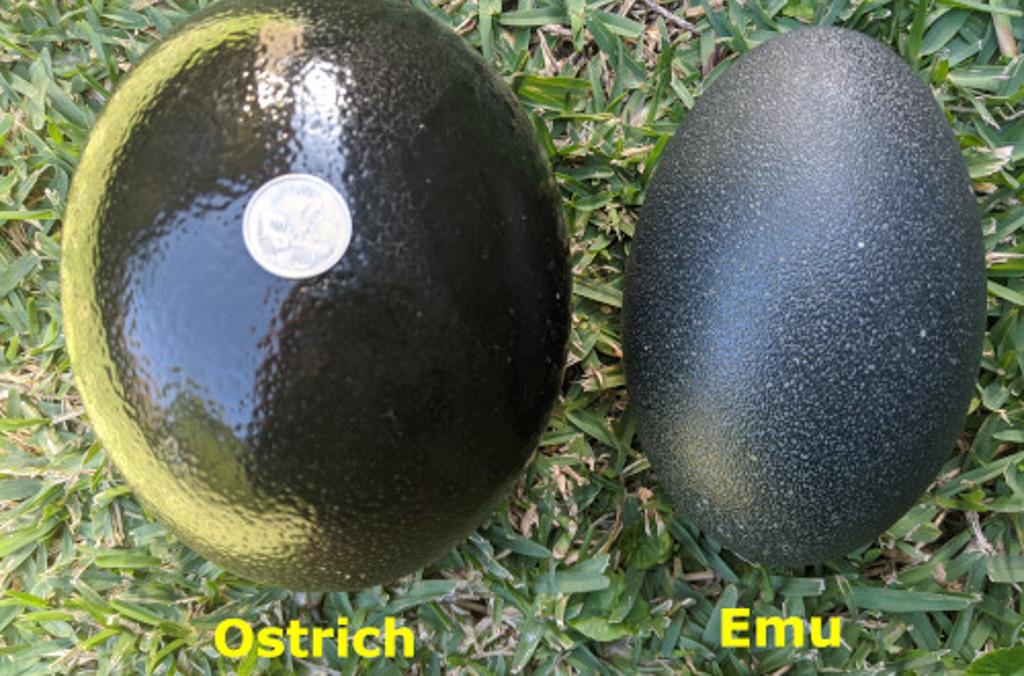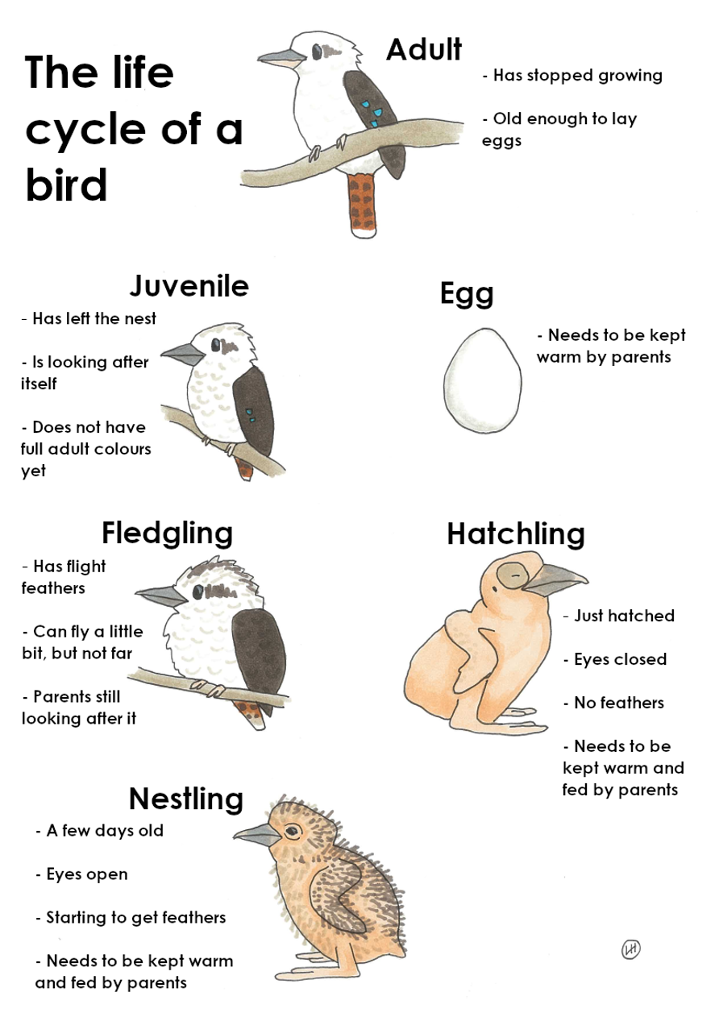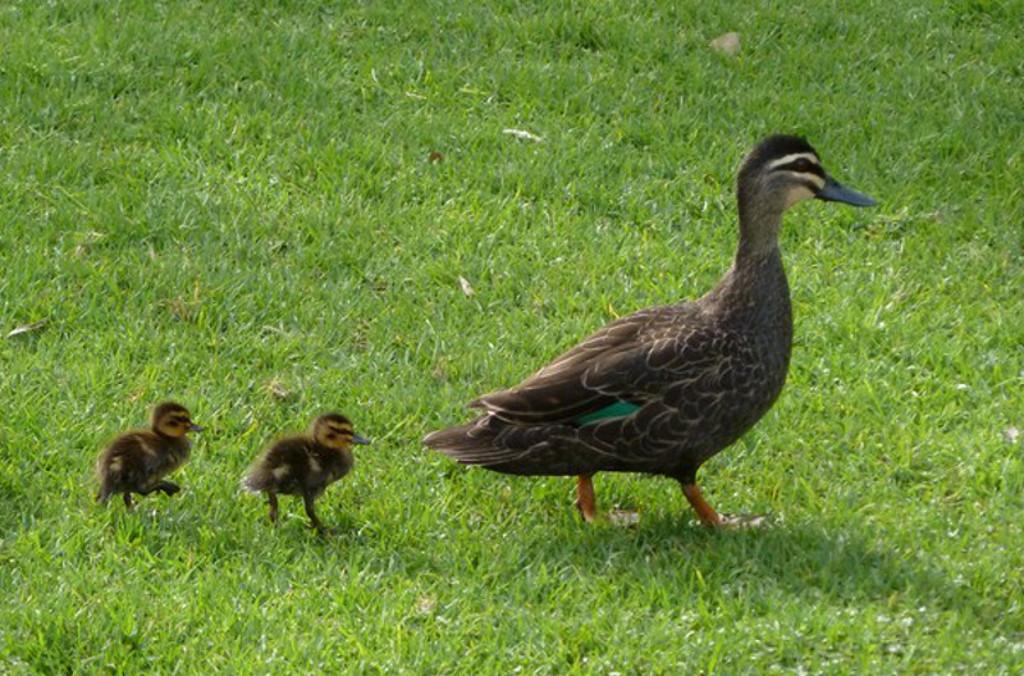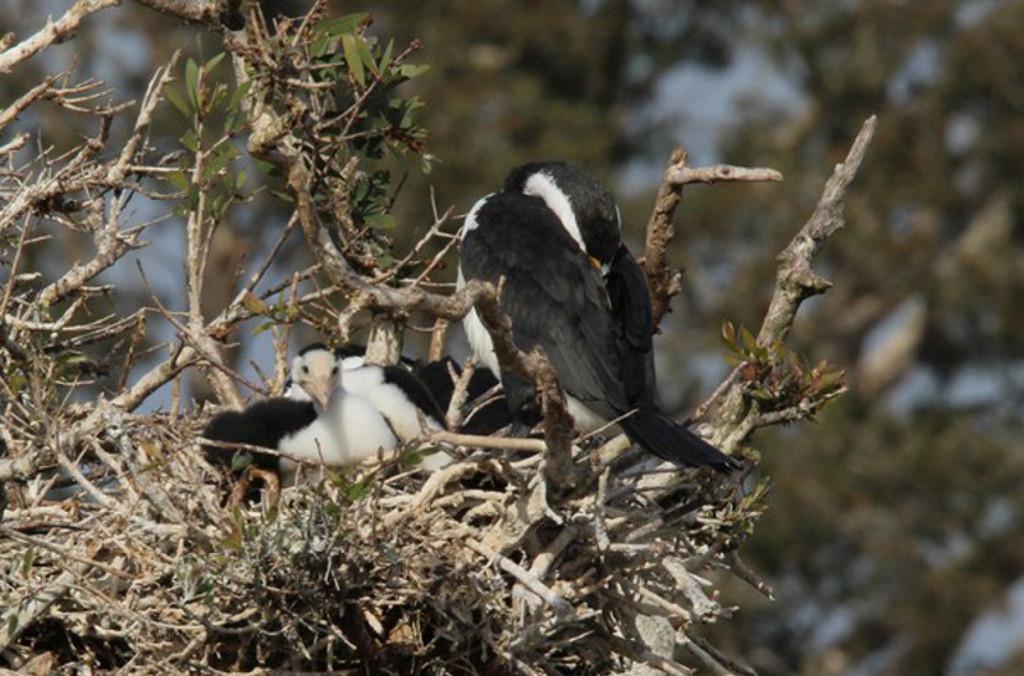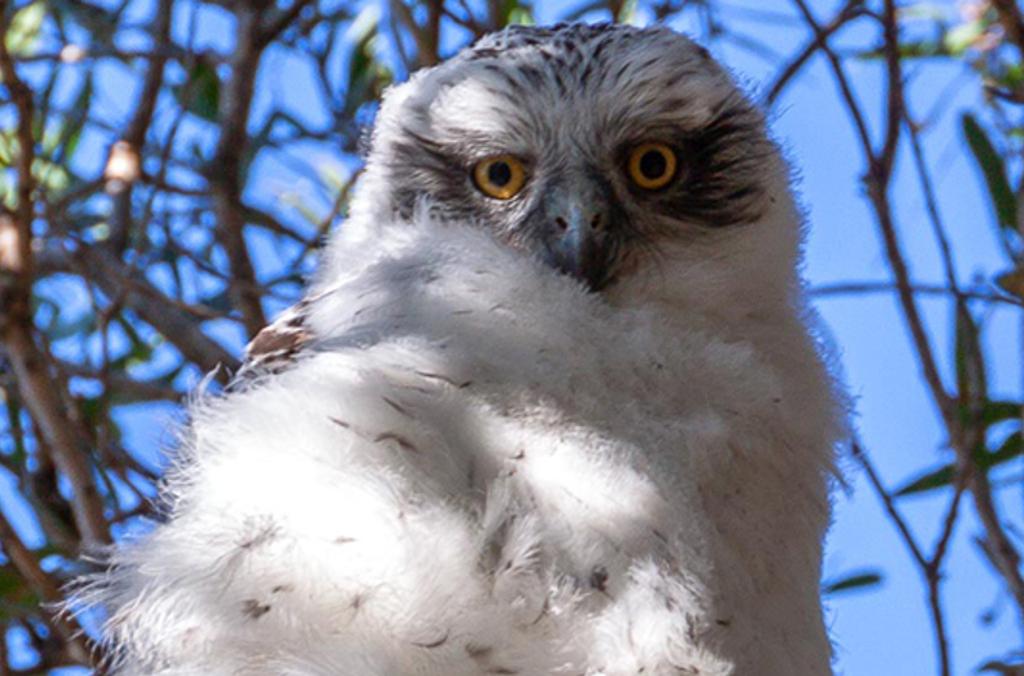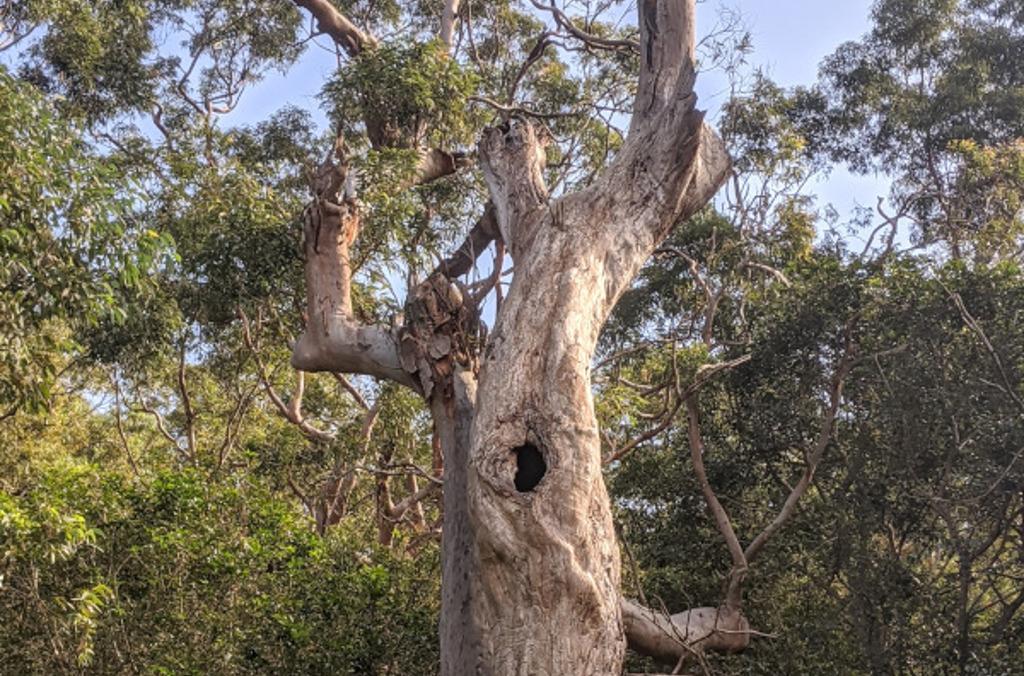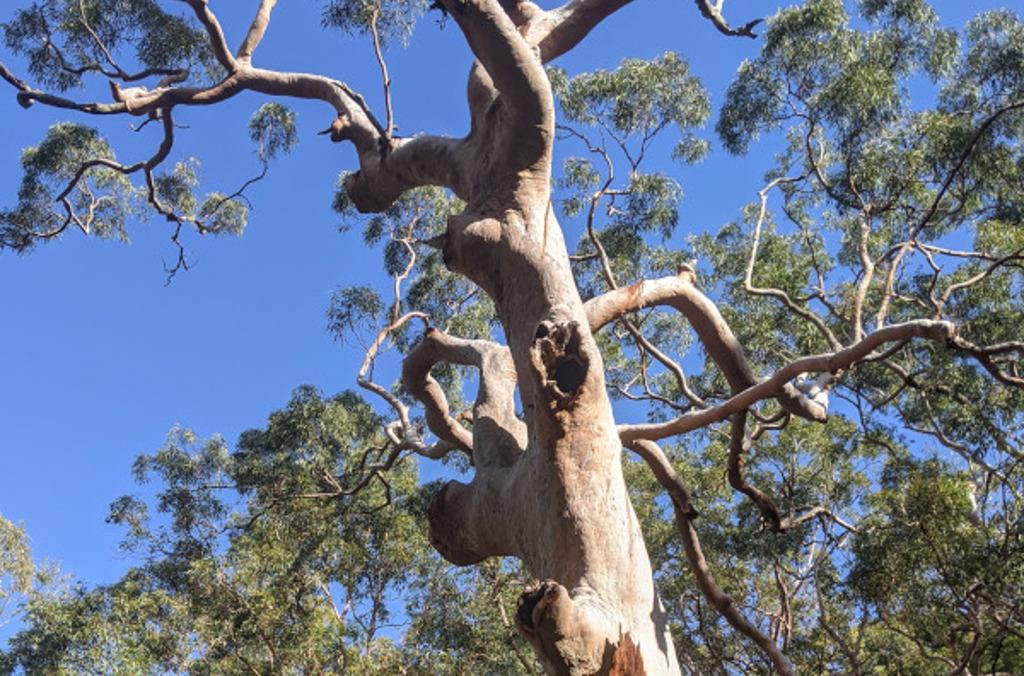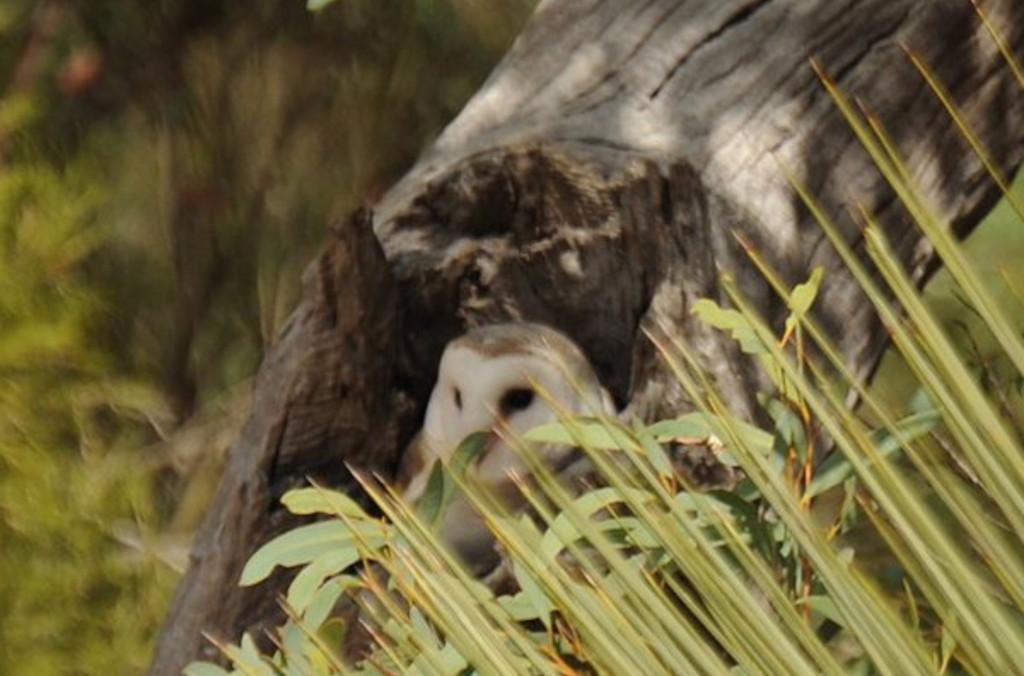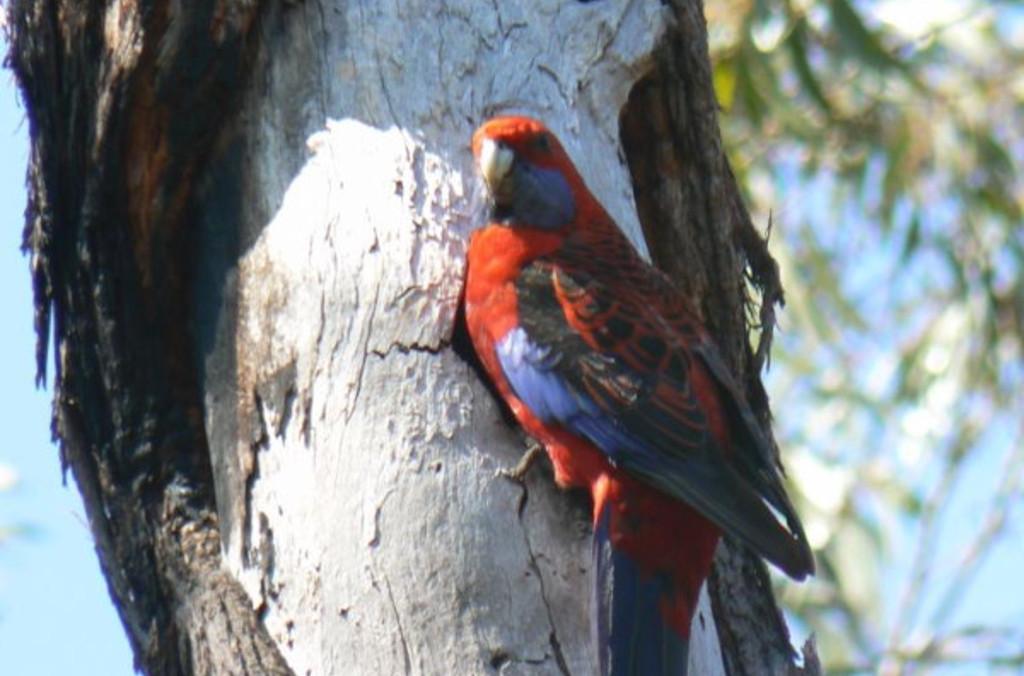Not all birds eggs are the same!
Bird eggs come in lots of different sizes and colours. They don’t come in many different shapes because lots of shapes have corners and no bird wants to squeeze out sharp corners! Little birds lay little eggs and big birds lay bigger eggs.
Have a look at these bird eggs. Can you match them to the birds in the bird guide? Why do you think there is a 5c coin in the photos?
How cute are kookaburra chicks?
Watch real life baby Kookaburras growing from hatchlings to nestlings. Warning: they are not cute at all!
Not all baby birds are fluffy and cute!
How useful are feathers for emus?
Not all birds have this life cycle. Watch this video about Emus by ABC Education. Can you work out which part is missing from an Emu’s life cycle?
Cute baby birds
Check out some of the cute baby birds at the Royal Botanic Garden Sydney and Centennial Park.
Hollows as homes
There are lots of animals that will eat eggs and baby birds if they see them. Birds need safe places where they can build their nests to protect them from predators.
Lots of birds, including Steve and his family, use holes in trees called hollows. Hollows are only found in old trees and take over 100 years to become big enough for animals to nest in. They are mostly found in Eucalyptus trees like the ones on the right.
When people cut down all the old trees to build something new, they are taking away all the good nesting spots. Even if they plant young trees to make up for it, the birds will have to wait hundreds of years until those trees get hollows.
If there are no hollows in an area, we can help birds and other animals by putting up nest boxes that act like fake hollows. This will help make safe places for birds to nest and continue their life cycle.
We also need to keep big, old trees around. Do you have any old trees with hollows near your house or school? Here at the Royal Botanic Garden Sydney, we are part of the community project ‘Hollows as Homes’ and you can be too! ‘Hollows as Homes’ wants to find out where there are hollows, what animals use them and just how important they are.
Activities: Nests, eggs and life cycles
1. Complete the nest challenge
Try to build a nest like a bird, using only your beak (some kitchen tongs) and feet.
Was it hard? What were some problems you had?
Write a comic about what your life would be like if you had wings instead of hands. How would you get dressed? eat? go to school?
2. Drawing birds
Draw life-sized birds and their eggs on your driveway! To do this you will need a ruler or measuring tape and chalk.
Draw Australia’s tallest bird:
Emu = 1.80 m long (remember there are 100 cm in 1 m)
Its egg = 13cm long, 9cm wide
Draw Australia’s smallest bird:
Weebill = 8 cm long
Its egg = 15 mm long, 11 mm wide (remember there are 10 mm in 1 cm)
Label your drawings so people walking past can learn too. You might like to research the world’s tallest bird and add it to your drawings.
3. Design a nest box
Steve the Kookaburra needs a nest box. Design it, making sure it has the following requirements.
Will fit a 42 cm tall kookaburra and have room for chicks. Show your measurements.
Has soft things to keep the chicks warm.
Includes a door that is 20 cm wide and 15 cm tall.
Has a way for rain to run off the roof.
Is to be between 5 and 10 m high in a tree.
Draw the tree and where you would put it.
How will you stop goannas, cats and rats from trying to climb the tree?
Will you camouflage your nest box?
How?Make sure you label your design to help explain your choices.
